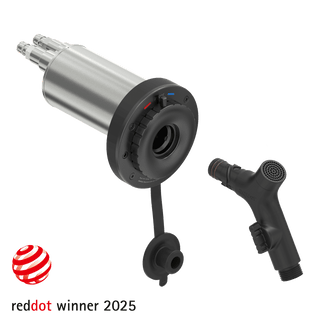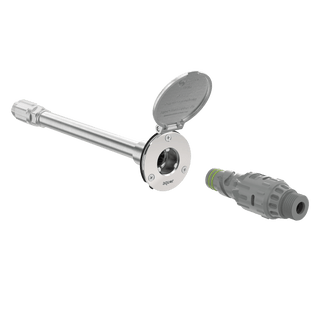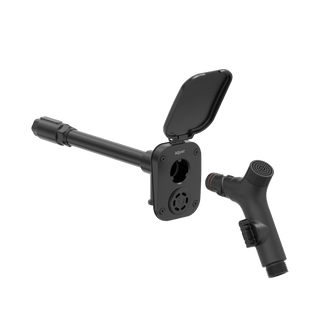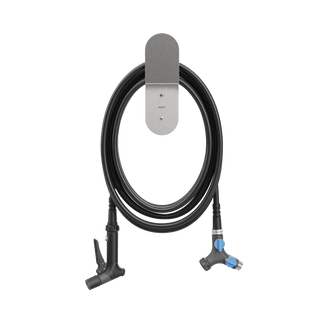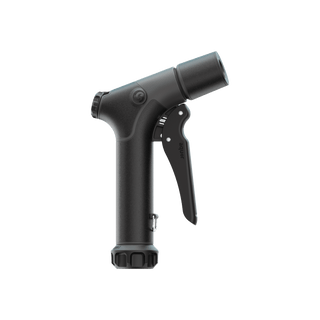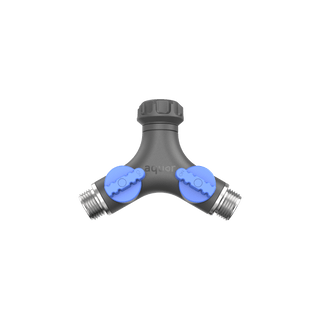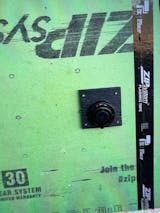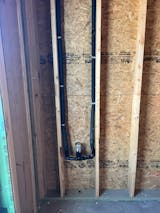Stainless Steel: Types, Grades, and Uses
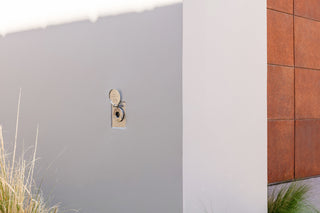
Stainless steel is often classified by a number, which represents the characteristics and advantages of that specific grade.
Do you know the difference between different types of stainless steel? If not, we'll break down the stainless steel grades that you're most likely to see in product design and architectural applications.
The first number of a stainless steel grade signifies which general category it's in, and the second two numbers denotes the specific ingredient blend, which influences the material's properties.
300 Series, Austenitic
300 grade stainless steels are the most common. They have excellent corrosion resistance and ductility, meaning the material can be shaped and deformed without cracking. Plus, they aren't magnetic.
303 Stainless Steel
303 stainless steel is the material that non-magnetic screws and bolts are made of. Similar to 304 (see below), but modified with the addition of sulfur to make it better for machining.
304 Stainless Steel
Perhaps the most common type of stainless steel, as it's easy to form and weld. You'll see 304 stainless steel in kitchen sinks, elevator doors, hospital furniture, architectural panels, and handrails. It's food-grade, so commercial kitchens are often composed of this variety.

316 Stainless Steel
316 stainless steel offers amazing corrosion resistance and is considered marine-grade. You'll find it on boat fittings as well as architectural panels and outdoor handrails in coastal areas. Aquor Hydrants are composed of 316L stainless steel, offering the highest quality outdoor faucets on the market. The "L" refers to a low carbon content, which increases corrosion resistance even more. It's bio-compatible, so you can make orthopedic implants out of 316, and it's food-grade as well.

400 Series, Ferritic
The 400 series in the ferritic subcategory are magnetic and offer moderate corrosion resistance compared to the 300 series. These options are less expensive.
409 Stainless Steel
This is what the exhaust system on your car is made out of. 409 stainless steel is used when you have an application that requires heat resistance.

430 Stainless Steel
In summary, a lower quality, magnetic version of 304. You'll see this variety in architectural panels—typically interior, since it's less corrosion resistant than the 300 series. A premium truck fender might be composed of 304, and the manufacturer may offer a more affordable model made of 430; the latter will require regular preventative maintenance to avoid corrosion. Some manufacturers claim 430 is food-grade, while others disagree. You can easily find commercial kitchen equipment made of 430, despite this debate.
444 Stainless Steel
We've mentioned that 316 is the go-to for marine environments. To meet a tighter budget—or if the application requires magnetic properties—you can step down to 444 stainless steel. It is more affordable and still capable of withstanding moderate marine environments. Grade 444 is also commonly used in architectural panels for coastal applications, where 316 may have been preferable but the scale of the project made 444 a more cost-effective choice.
400 Series, Martensitic
These 400 series materials have been heat-treated, giving them high strength and wear resistance.
410 Stainless Steel
You'll find 410 in kitchen cutlery, utensils, and fasteners where magnetism is desirable. Many self-tapping screws are made of 410, as heat-treating gives them the strength needed to drive through parts.

420 Stainless Steel
420 costs more than 410, with certain trade-offs to consider. It's composed of more carbon, making it harder and more wear-resistant than 410, but it's also less ductile and can be brittle after hardening. 420 is more difficult to machine and weld, and it will increase manufacturing costs. You'll find 420 in surgical instruments and high-quality knives.
Beyond these basic grades you can dive into Duplex stainless steels, which combine the properties of austenitic and ferritic steels, as well as Precipitation-Hardening (PH) stainless steels. These expensive variants are more likely to be used in offshore drilling rigs or aerospace applications, and are probably beyond average industrial designers' needs.
Source: The Basic Types of Stainless Steel: What Do Those Numbers Mean?

